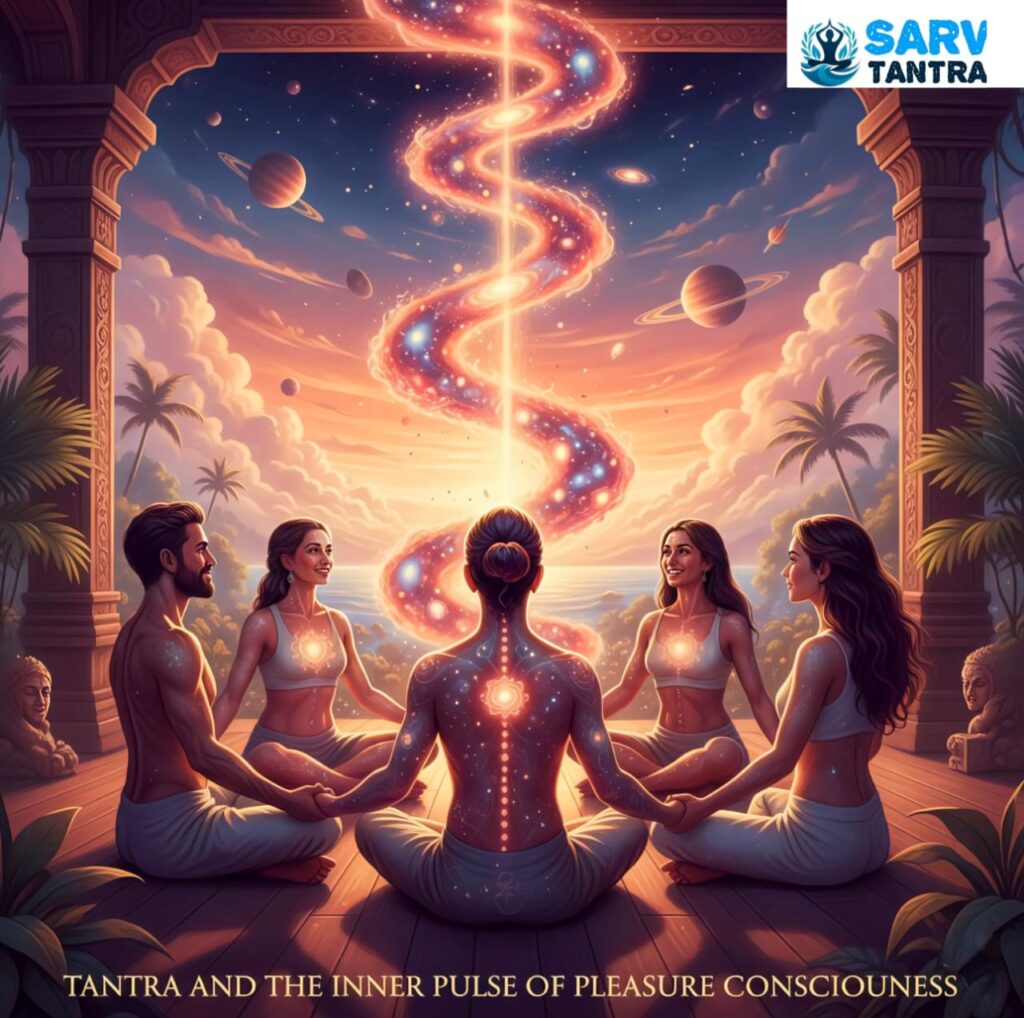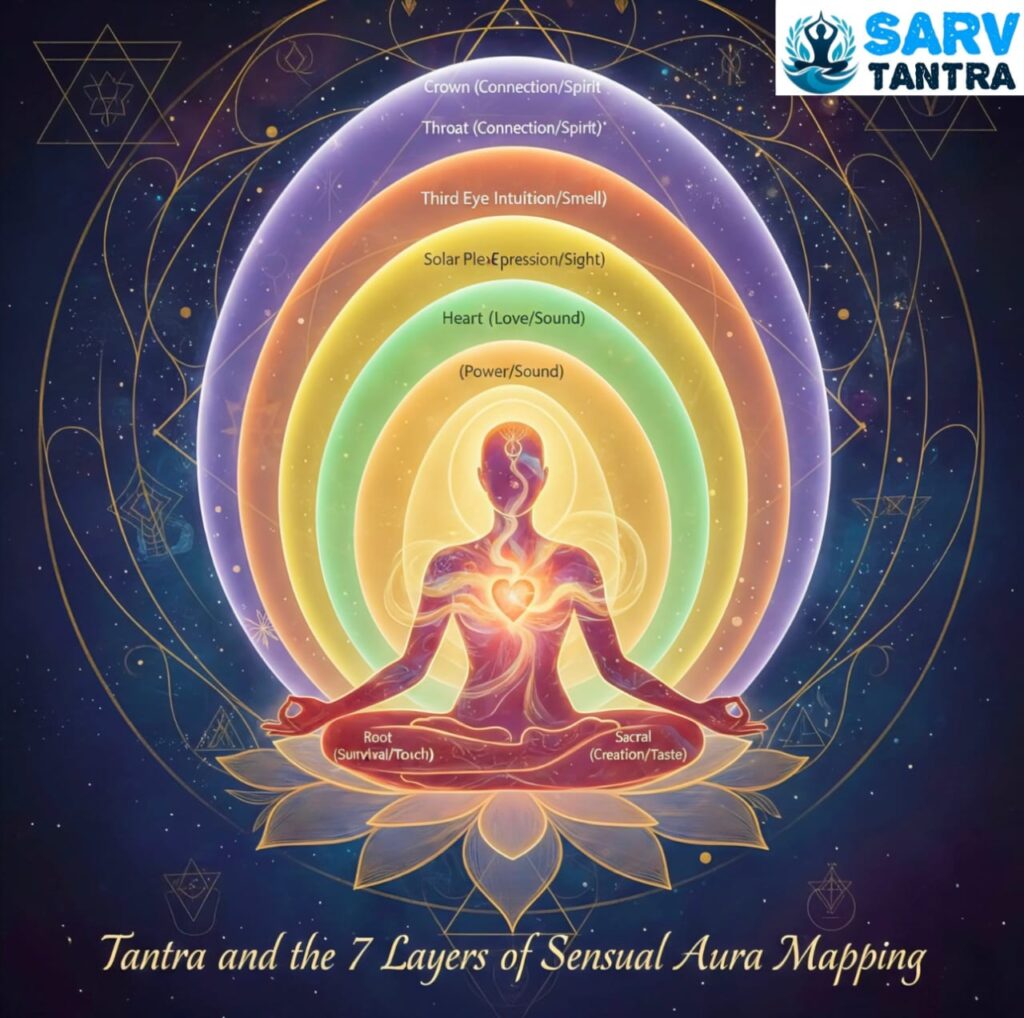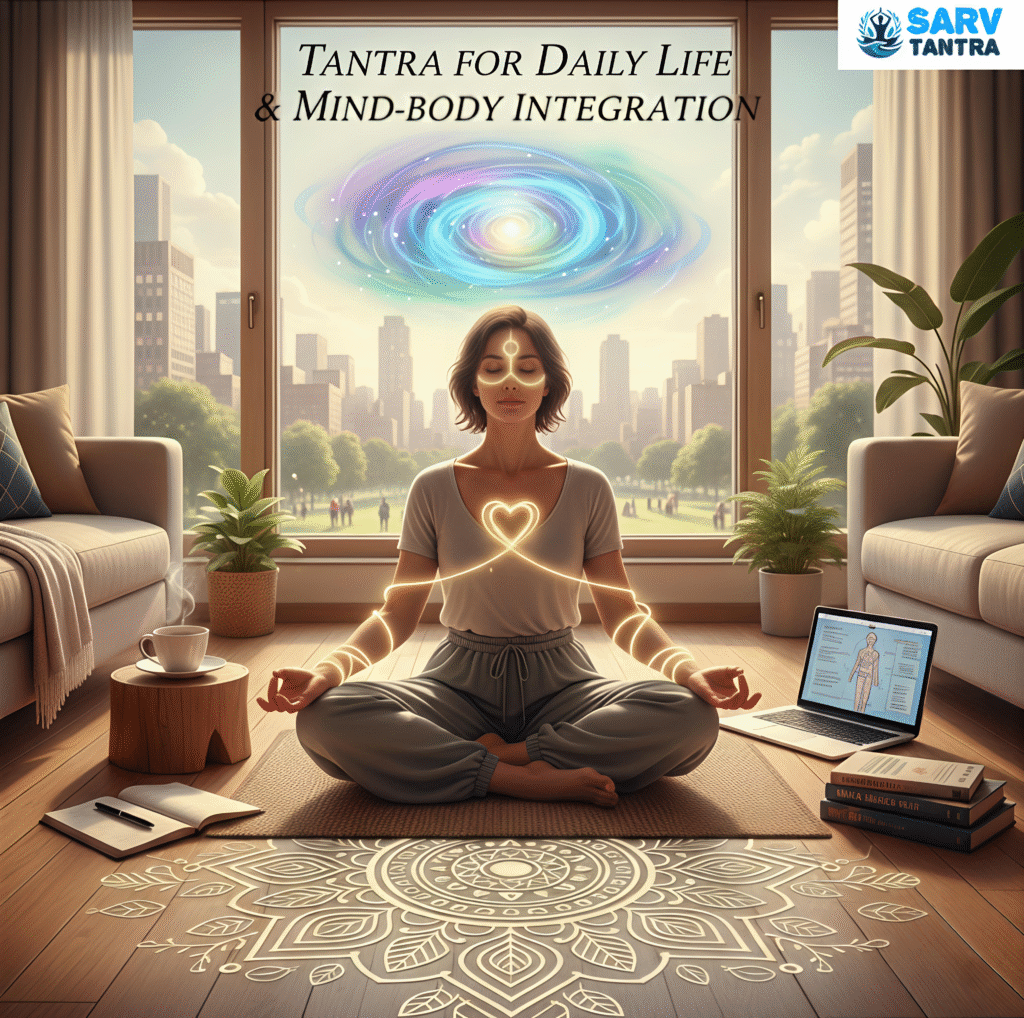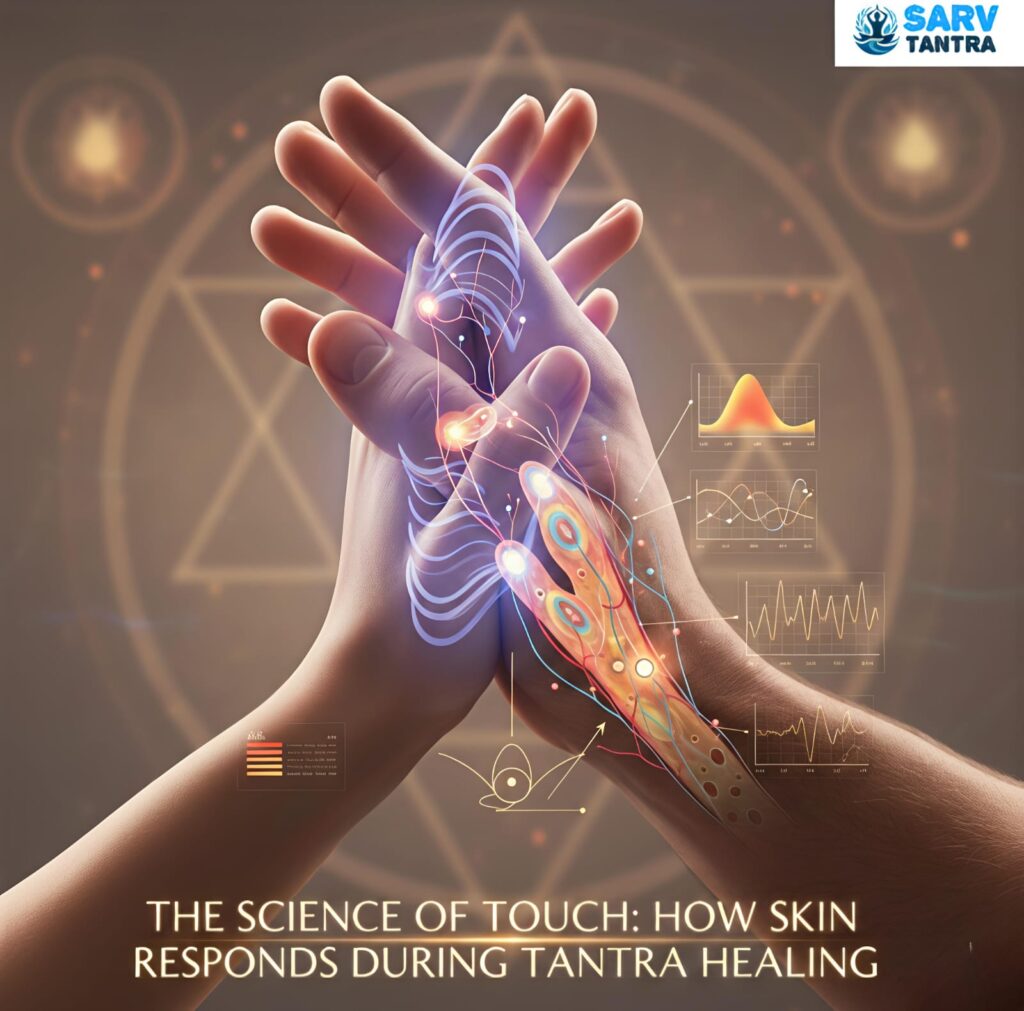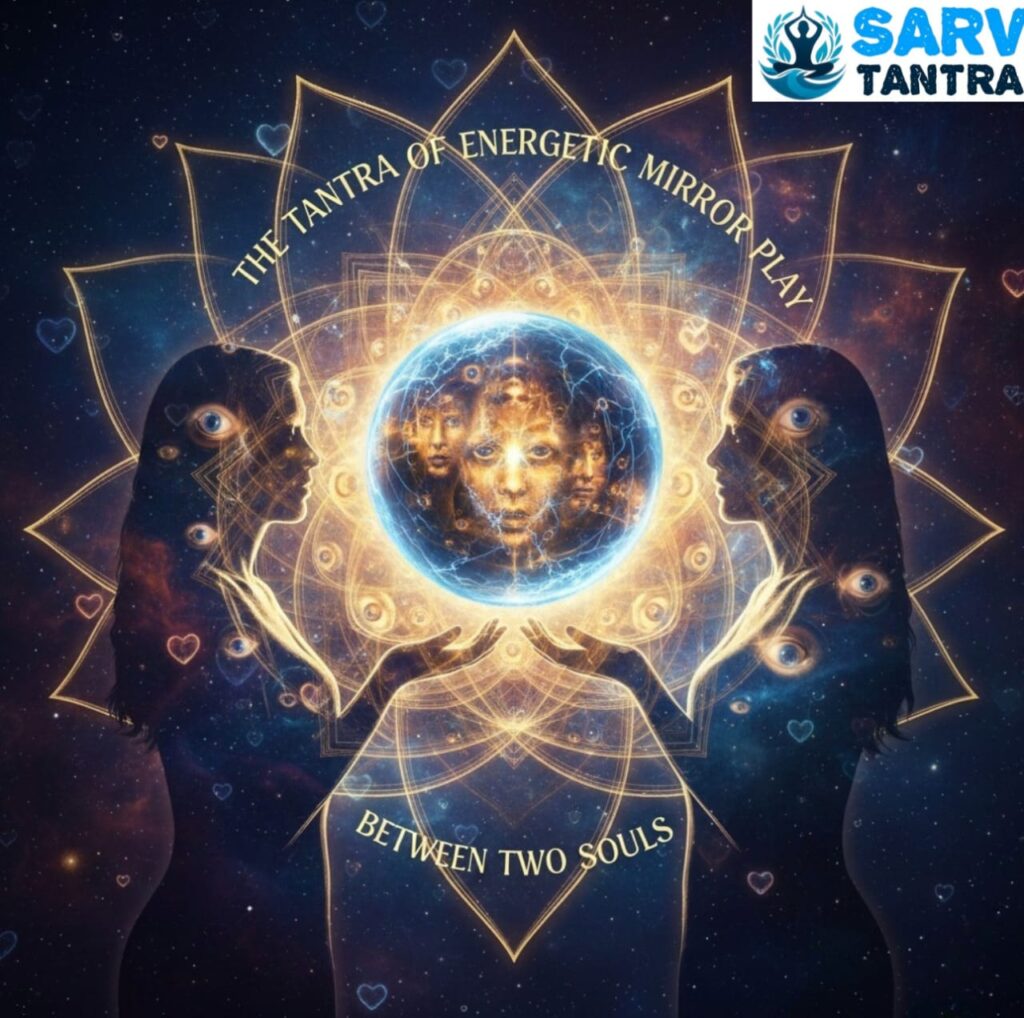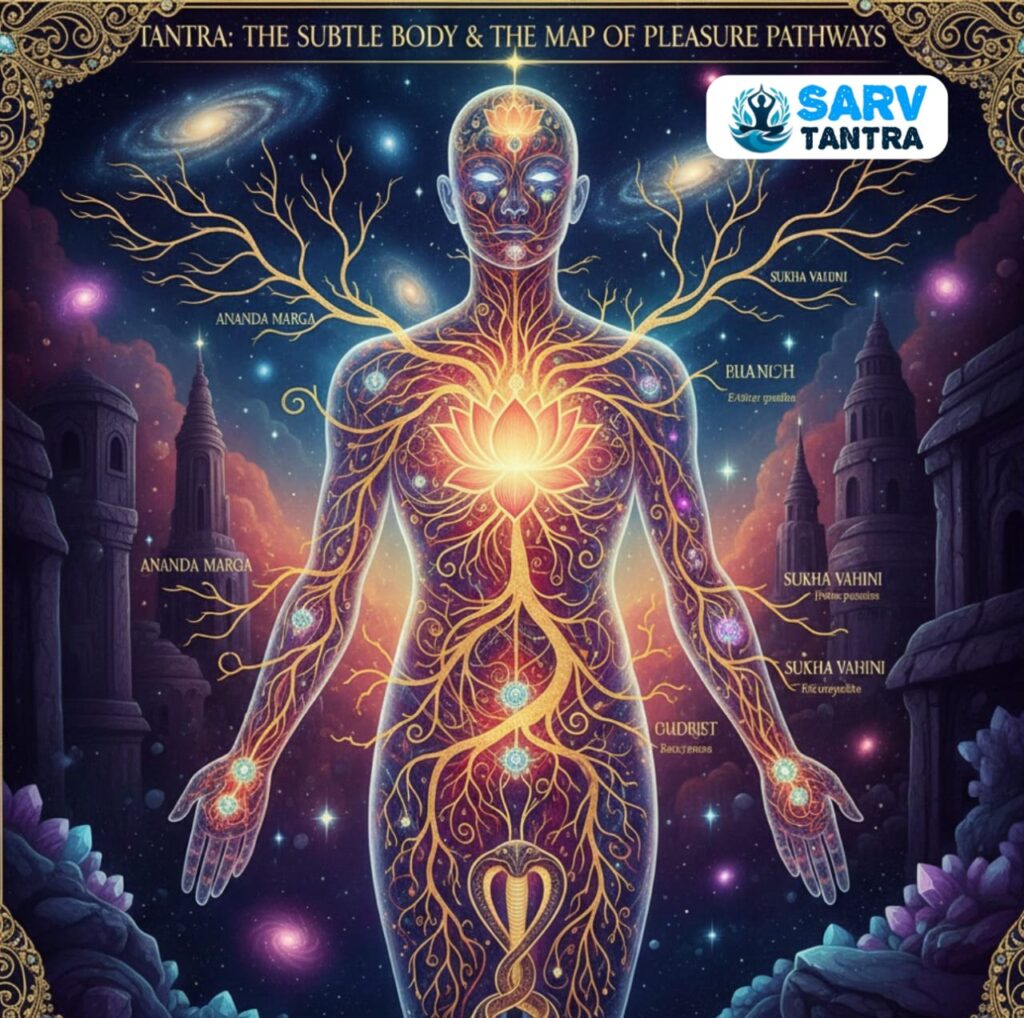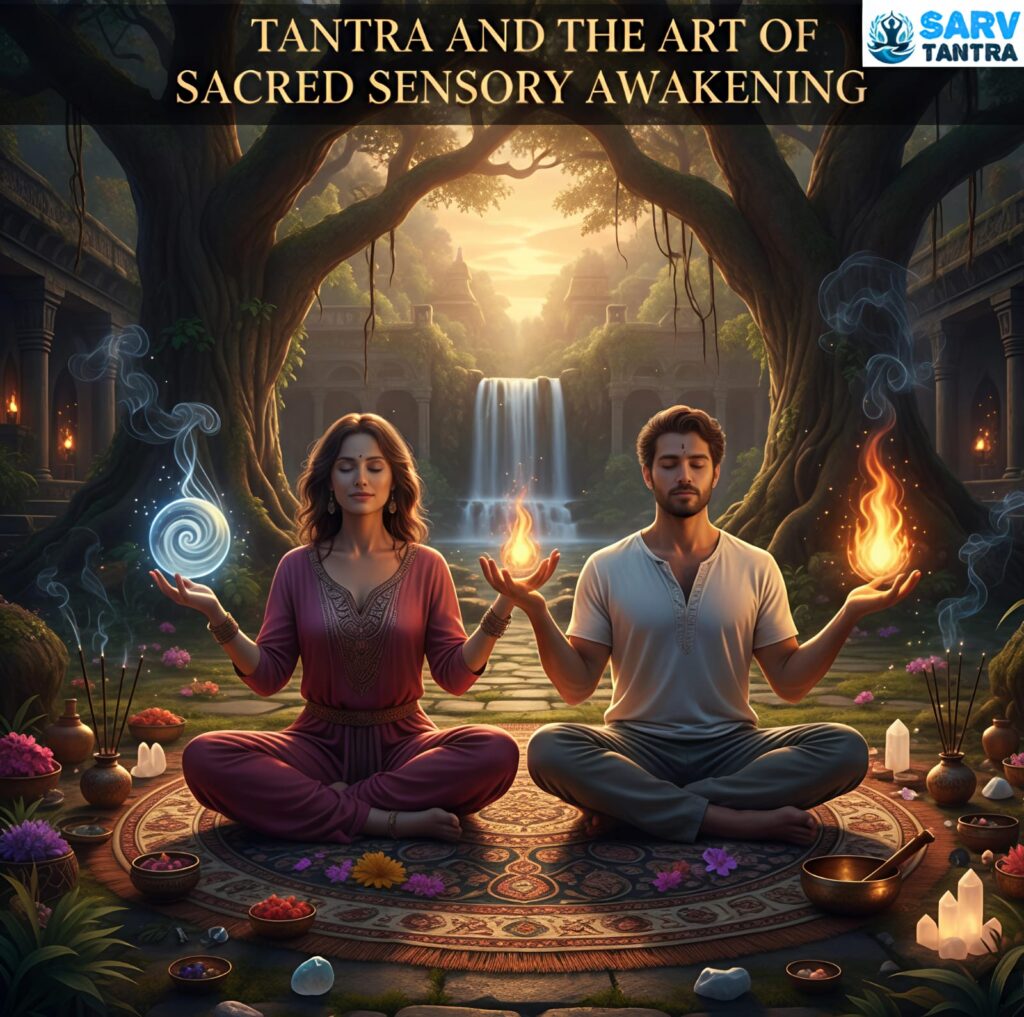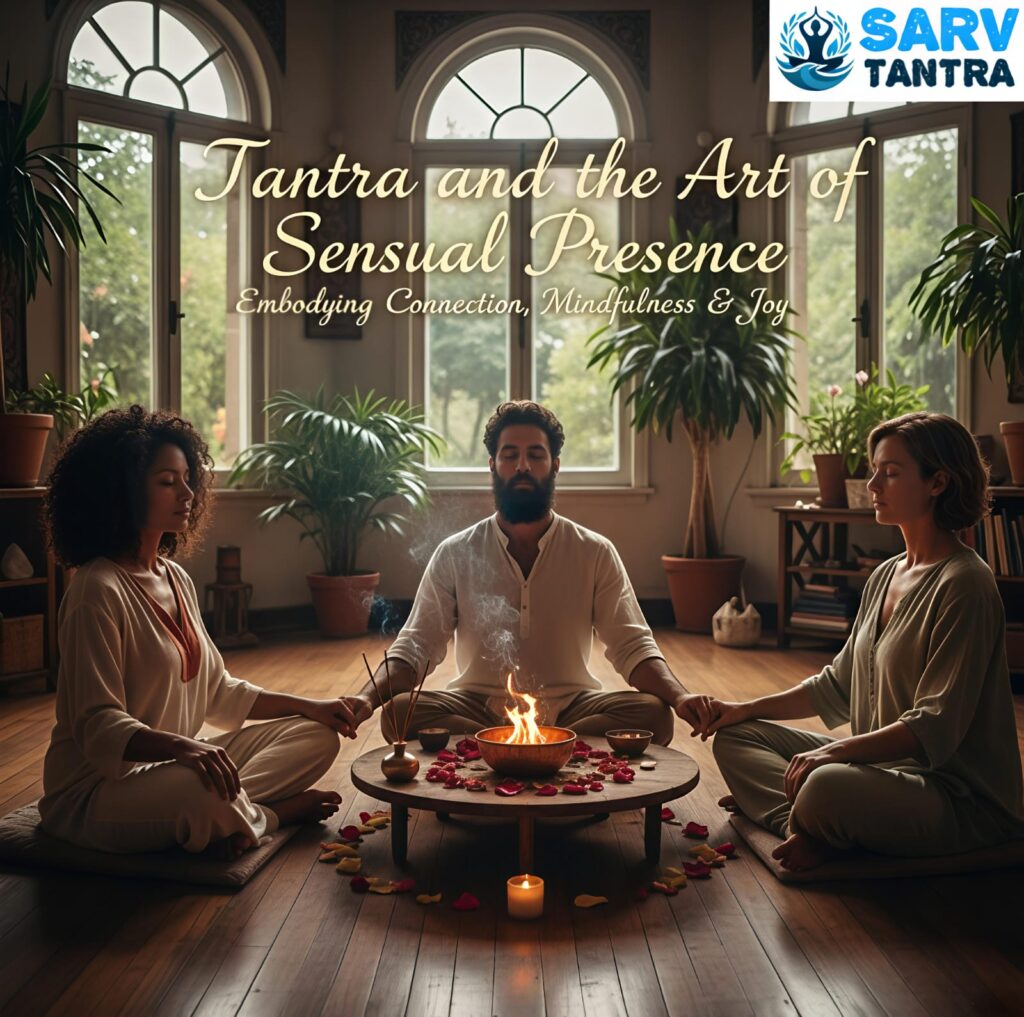Tantra and the Art of Living Consciously
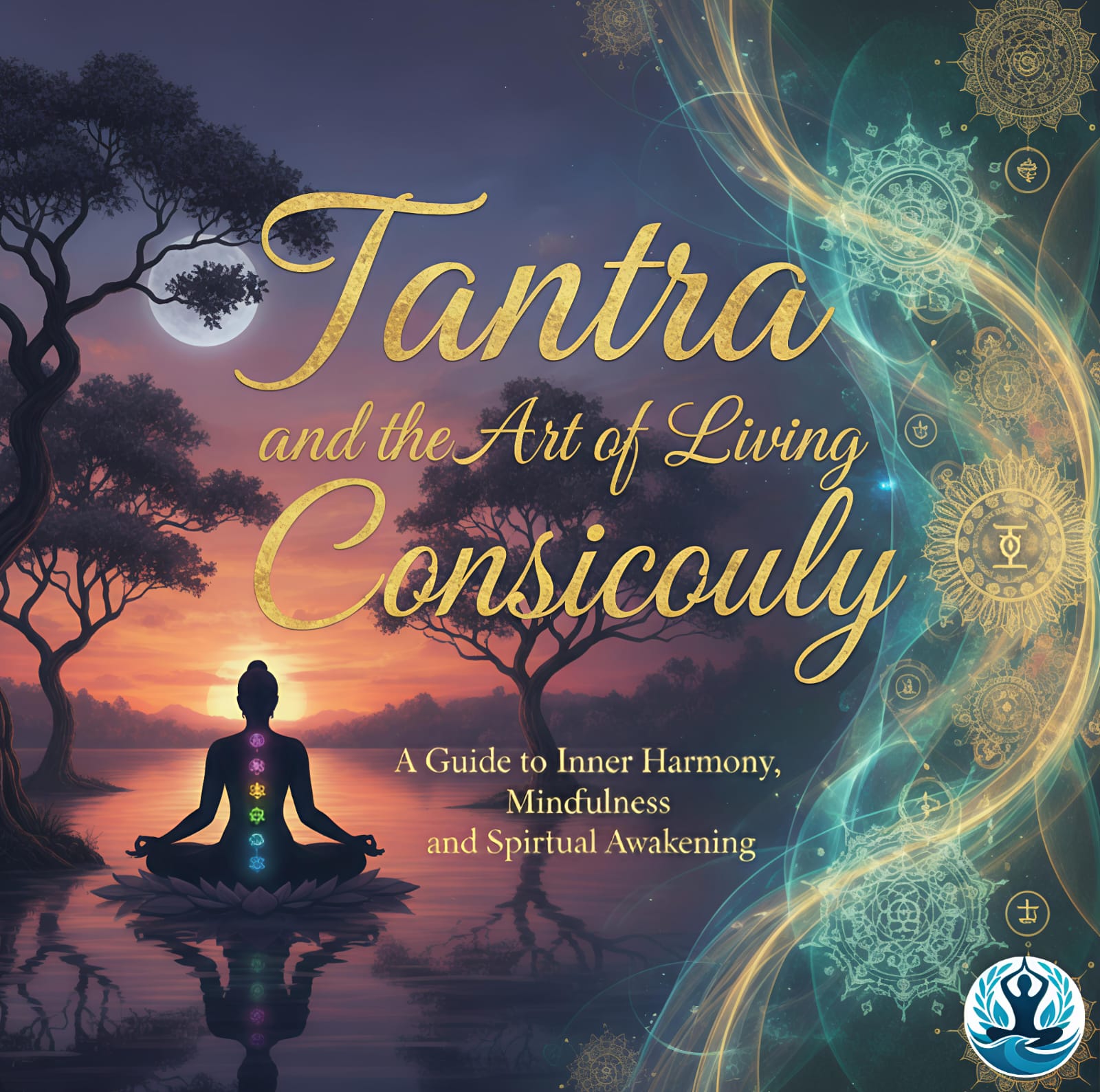
Introduction
Life in the modern world often feels fragmented, filled with distractions, and disconnected from our true essence. People chase success, relationships, and comfort, yet an underlying emptiness persists. Tantra, one of the most ancient spiritual sciences, offers a profound way of living consciously—embracing each moment, sensation, and experience with awareness and acceptance. The essence of Tantra is not about rejecting the world but transforming everyday life into a sacred expression of consciousness. Through Tantric principles, one learns to live with presence, depth, and authenticity, turning ordinary moments into opportunities for awakening.
Understanding the Tantric Perspective of Life
Tantra views life as an interconnected web of energy. Every experience, emotion, and relationship holds the potential for spiritual growth. Rather than seeing the world as an illusion to escape, Tantra embraces it as a divine playground. In this philosophy, everything—pleasure, pain, love, anger, and silence—is a manifestation of the same universal energy. Living consciously means seeing the divine in every aspect of existence, dissolving the boundaries between the sacred and the mundane. This holistic approach teaches that enlightenment is not found in isolation but within the rhythm of daily life.
Awareness as the Foundation of Tantric Living
Conscious living begins with awareness—the ability to observe thoughts, emotions, and actions without judgment. Tantra encourages mindfulness in every moment, from breathing to eating, from speaking to loving. When awareness becomes the guiding force, one stops functioning mechanically and starts living deliberately. Every action transforms into meditation. A simple act like drinking water becomes a ritual of connection with life itself. This awareness allows individuals to respond to situations rather than react, creating balance and clarity in both inner and outer worlds.
Presence in Everyday Life
Tantra teaches that the present moment is the only reality. Most people live trapped in the past or anxious about the future, missing the depth of now. Conscious living means returning to the present repeatedly, anchoring awareness in the here and now. In this state, life becomes vibrant, full, and meaningful. Relationships become more genuine, creativity flows naturally, and stress diminishes. Tantra offers practical ways—like mindful breathing, sensory awareness, and sacred rituals—to awaken presence in daily routines. When one becomes present, even the most ordinary activity radiates sacredness.
Embracing the Body as a Temple of Consciousness
Unlike many spiritual paths that consider the body a hindrance, Tantra honors it as a sacred vehicle for awakening. The body is not separate from spirit; it is the expression of it. By becoming deeply aware of physical sensations, breath, and energy, one can reconnect with the divine within. Tantra teaches respect for the body through conscious movement, sacred touch, and energy practices. Living consciously involves listening to the body’s wisdom, nurturing it with gratitude, and using it as a pathway to experience the divine essence. The body becomes a living temple where awareness resides.
Transforming Desire and Emotion
Tantra does not advocate suppression of desires or emotions but their transformation through awareness. Every emotion—whether joy or anger, love or fear—carries energy. When experienced consciously, this energy becomes a bridge to deeper understanding. Instead of fighting desires, Tantra encourages observing them without attachment, learning from them, and channeling them toward higher consciousness. This transformation turns emotional turbulence into spiritual insight. Living consciously means accepting all inner experiences as parts of the self, thus achieving wholeness rather than division.
Conscious Relationships in Tantric Living
Relationships, according to Tantra, are mirrors reflecting one’s inner state. Conscious living within relationships involves deep listening, vulnerability, and presence. Rather than seeking completion in another, Tantra invites individuals to connect from a space of inner fullness. When two conscious beings meet, their union becomes a sacred exchange of energy and awareness. Through conscious communication, respect, and authentic intimacy, relationships become paths of mutual evolution. Tantra sees love not merely as emotion but as the highest vibration of life energy that can awaken the divine within both partners.
Integrating Sexual Energy into Daily Life
One of Tantra’s most misunderstood aspects is its approach to sexual energy. Tantra teaches that sexual energy is the most powerful creative force in the universe—it is the same energy that gives birth to life, art, and consciousness. Instead of repressing or misusing it, Tantra guides individuals to harness it consciously. When sexual energy is cultivated with awareness and reverence, it transforms into spiritual energy. This integration leads to vitality, clarity, and expanded awareness. Living consciously includes respecting this energy, using it for healing, creativity, and connection rather than mere pleasure or escape.
Meditation as a Way of Life
In Tantra, meditation is not limited to sitting silently; it is the art of being fully present in whatever one does. Meditation can be walking, cooking, or simply breathing with awareness. The purpose is to dissolve the separation between the meditator and the act itself, merging completely with the moment. By practicing meditation throughout the day, life itself becomes a continuous prayer. This constant awareness purifies the mind, releases conditioning, and brings deep peace. Tantric meditation methods often focus on breath, sound, or energy flow, enabling one to anchor consciousness in the body and moment.
The Role of Energy and Breath
Prana—the life force energy—is central to Tantric living. Conscious breathing connects the physical and spiritual dimensions of existence. Through breath, one can balance energy, calm the mind, and awaken awareness. Tantra uses specific breathing techniques, such as alternate nostril breathing or circular breath, to harmonize the inner energy system. When one breathes consciously, every inhalation becomes an invitation to life, and every exhalation a release of resistance. Breath becomes a tool to remain centered in the midst of chaos, transforming ordinary moments into gateways of stillness.
Living with Gratitude and Compassion
Tantra teaches that gratitude and compassion elevate consciousness. Living consciously includes recognizing the sacredness in all beings and all experiences. Gratitude transforms perception—it shifts focus from lack to abundance, from complaint to appreciation. Compassion extends awareness beyond the self, dissolving the illusion of separation. Through gratitude and compassion, individuals become channels of love and healing in the world. Tantra reminds that when one lives from the heart, every act becomes an offering, and life itself becomes meditation.
The Balance of Masculine and Feminine Energies
Within every individual exists both masculine and feminine energies—Shiva and Shakti. Tantra emphasizes their harmony as the essence of conscious living. The masculine represents awareness, direction, and stillness, while the feminine embodies creativity, emotion, and flow. When these energies are balanced, life unfolds with grace and strength. Imbalance, however, leads to conflict and confusion. Living consciously means honoring both aspects within oneself—allowing the inner masculine to guide and the feminine to nurture. This inner union brings wholeness, creativity, and spiritual maturity.
Overcoming Fear and Living Authentically
Fear often prevents individuals from living fully. Tantra teaches that fear arises from resistance to life’s natural flow. Conscious living involves facing fears with awareness rather than avoidance. When fear is observed without identification, it loses power. Authentic living blossoms when one accepts their truth, embraces vulnerability, and acts from inner clarity. Tantra encourages self-expression without shame or suppression. Living authentically means allowing the true self to shine, free from societal conditioning. It is the courage to live as consciousness in form, unafraid of judgment or failure.
Living Tantra in the Modern World
Applying Tantric wisdom in today’s world requires integrating spirituality with practicality. It means bringing awareness to work, relationships, and technology use. Even amidst noise and speed, one can remain centered and conscious. Simple practices—mindful pauses, breath awareness, digital detox, and sacred rituals—can bring balance. Tantra invites one to live naturally, not as an escape from life but as full participation in it. Conscious living becomes the art of moving through the world with grace, intention, and open awareness.
The Journey from Doing to Being
Modern life glorifies constant activity, yet Tantra reminds us that true fulfillment arises from being, not doing. Conscious living means shifting focus from external achievements to inner alignment. In being, there is peace, creativity, and joy. This shift does not mean renouncing action but performing it with awareness and detachment. When being and doing merge, life becomes effortless. Every act flows from stillness, and every result becomes secondary to presence. Tantra teaches that awakening happens when one learns to rest in their own being amidst the movement of life.
Conclusion
Tantra and the art of living consciously is not a philosophy to understand intellectually but an experience to embody. It is about awakening awareness in the midst of life, turning every breath, touch, and thought into meditation. By embracing the body, emotions, relationships, and the world as sacred, one transforms life into a spiritual journey. Conscious living is freedom—the freedom to be fully alive, authentic, and aware. It is to live not in conflict with existence but in harmony with it. In this sacred harmony lies the true essence of Tantra—the celebration of life as consciousness itself.







